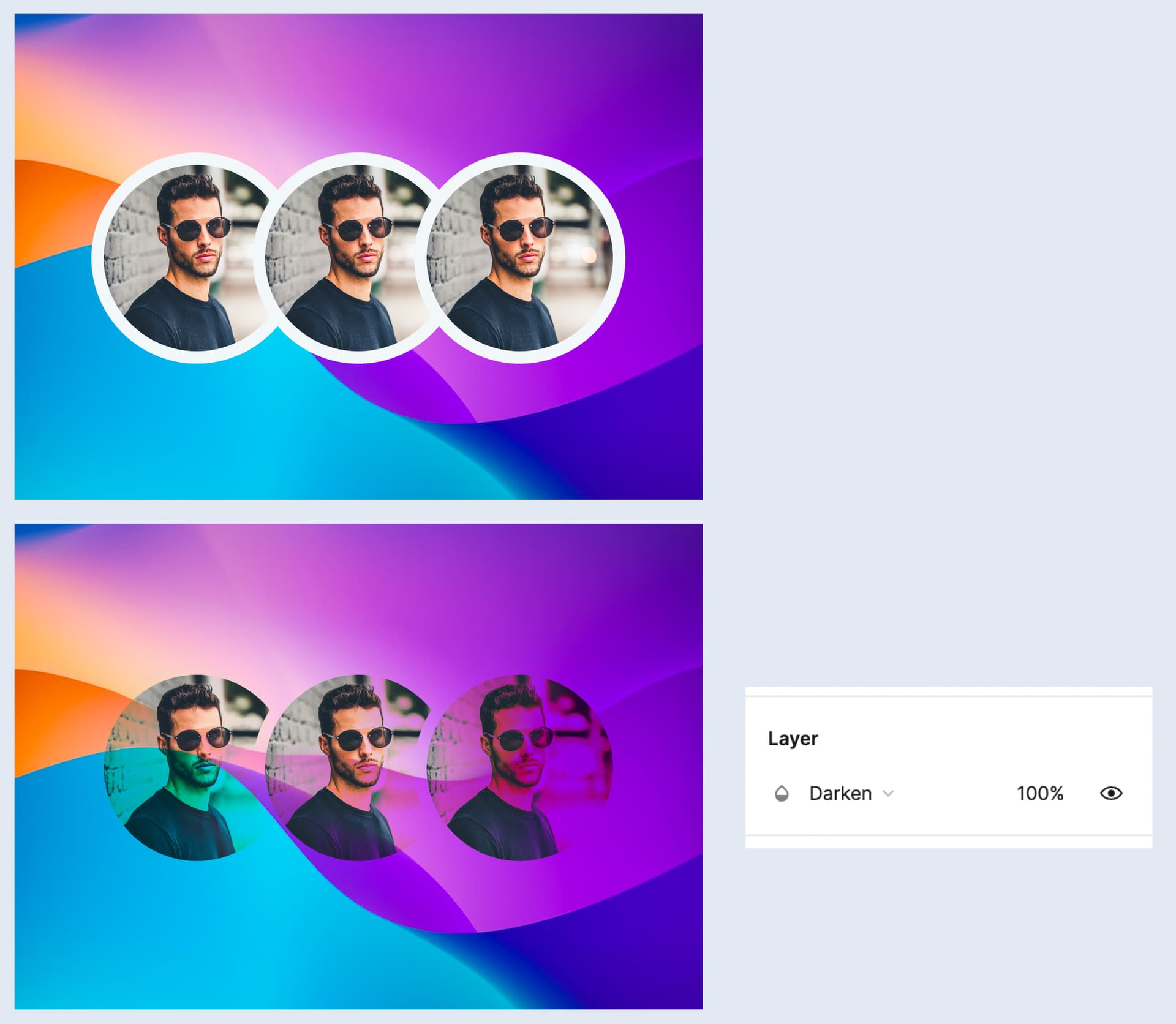


Anxiety and depression, because people with ALS usually remain able to reason, remember, understand, and are aware of their progressive loss of functionĪlthough not as common, people with ALS may also:.Muscle cramps and neuropathy (nerve damage or disease).Breathing (dyspnea) individuals with ALS eventually lose the ability to breathe on their own and must depend on a ventilator.Chewing food and swallowing (dysphagia).People with ALS eventually will not be able to stand or walk, get in or out of bed on their own, or use their hands and arms.Muscle weakness affecting an arm, a leg, the neck, or diaphragmĪs the disease progresses, muscle weakness and atrophy spread to other parts of your body.Muscle twitches in the arm, leg, shoulder, or tongue.

Eventually, the brain loses its ability to initiate and control voluntary movements. As motor neurons degenerate and die, they stop sending messages to the muscles, which causes the muscles to weaken, start to twitch (fasciculations), and waste away (atrophy). ALS has no cure and there is no effective treatment to reverse its progression.ĪLS is a type of motor neuron disease. The disease is progressive, meaning the symptoms get worse over time. Voluntary muscles are those we choose to move to produce movements like chewing, walking, and talking. What is amyotrophic lateral sclerosis (ALS)?Īmyotrophic lateral sclerosis (ALS), also known as Lou Gehrig's Disease, is a rare neurological disease that affects motor neurons-those nerve cells in the brain and spinal cord that control voluntary muscle movement.


 0 kommentar(er)
0 kommentar(er)
